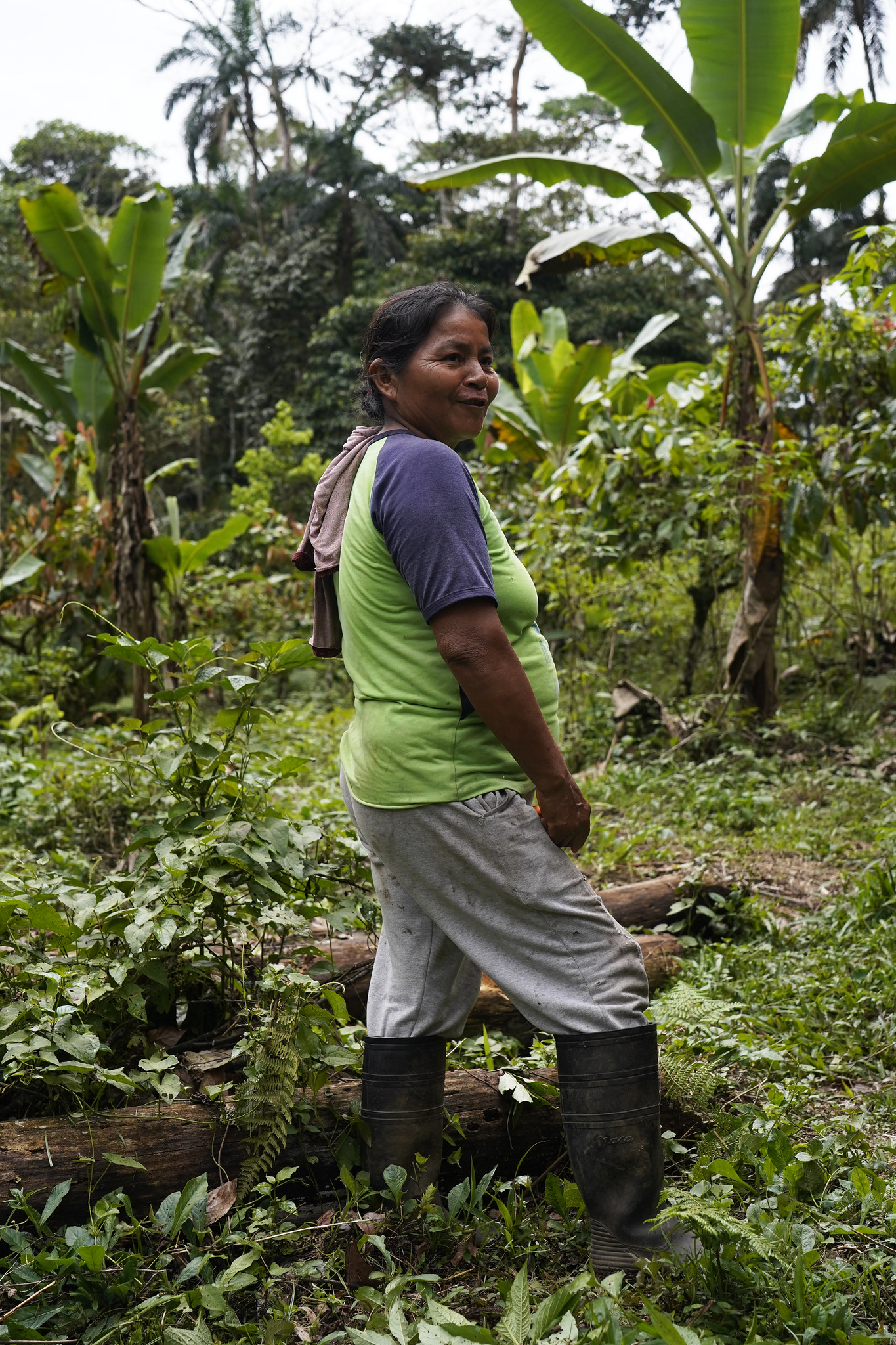The Amazonian Chakra, a traditional agroforestry system managed by Indigenous communities in Napo province, Ecuador
12/02/2024 ,

©FAO-GIAHS- PARETO PAYSAGES
The Amazonian Chakra, an ancestral and biodiverse agroforestry system in Ecuador, was officially recognized as a Globally Important Agricultural Heritage System (GIAHS) by FAO in January 2023.
The GIAHS program was created by FAO in 2002 to sustain and conserve the world's agricultural heritage systems. The initiative promotes national and international understanding, awareness, and recognition of agricultural heritage sites, and fosters an integrated approach to sustainable agriculture and rural development. It aims to safeguard the social, cultural, economic, and environmental goods and services provided by these systems to family farmers, smallholders, indigenous peoples, and local communities. The GIAHS selection criteria include the global significance of the sites, their contribution to food and livelihood security, native agrobiodiversity, traditional knowledge systems, social values, and culture, and their landscapes peculiarity and unicity.
Context
The Amazonian Chakra site recognized as a GIAHS covers a total of 162,082 hectares in the province of Napo and is part of the Andes-Amazon biodiversity and endemism hotspot. Belonging to the Kichwa and Kijus communities in the Ecuadorian Amazon Region (EAR), the site is comprised of a core land management area of 24,264 ha and a surrounding buffer zone where the Chakra system is immersed within the broader Amazonian forest landscape.
 |  |
Image copyright: FAO-GIAHS- PARETO PAYSAGES
Approach
The Amazonian Chakra combines the cultivation of staple foods (such as cassava, plantain and chonta palm), timber trees, fruit trees, and ornamental and medicinal plants. Over time other agricultural species with commercial value have been integrated into this traditional agroforestry system, such as fine aroma cocoa, robusta coffee, and in recent years guayua (Ilex guayusa Loes).Cocoa cultivation plots are generally around 0.5 ha and are located in areas adjacent to primary and secondary forests and fallow land. The fine aroma cocoa produced in these systems is already well-positioned in niche international markets as a product resulting from the longevity of ancestral Indigenous knowledge.
The Amazonian Chakra is characterized by its diversified production system that conserves and strengthens the surrounding biodiversity, indeed, more than 100 plant species have been identified in regular use by farmers. The system generally has at least three levels of strata for the generation of cover and shade and is always in alignment to the structure of the surrounding forest. On the upper level, the treetops and leaves of timber and fruit trees (palms, banana, and papaya, etc.) form an initial barrier, while on the second level, cassava, little oranges, and certain shrubs provide a dense and relatively uniform vegetative cover that helps protect the soil against leaching. Finally, at lowest level, the carpet of vegetation of taro, pumpkin, yam, and sweet potatoes provided permanent ground cover.
The system mimics the natural processes of succession or restoration of forests, locally known as Chakra-ushun-purun-realce. The cycle begins with the opening of the forest canopy, perennial crops are then established, followed by interrelated short-cycle crops, which are rotated to manage soil fertility and avoid the presence of pests and diseases. The cycle is completed with periods of rest and natural regeneration.

Image copyright: FAO-GIAHS- PARETO PAYSAGES
Impact
Overall, the Amazonian Chakra system offers multiple benefits to the populations of the EAR, ranging from food security and food sovereignty, provision of ecosystem services, income generation, maintenance of cultural values, and social cohesion. In fact, the cocoa-based agroforestry system provides 38% to 60% of a household’s income. The system is also a space for recreation, transmission of knowledge and culture, reciprocity and security for families, as well as establishment of roles and complementarity between family members. Thus the system is fundamental not only for economic production, but also for social and cultural reproduction and connection.
Find out more
About the Amazonian Chakra
About Globally Important Agricultural Heritage Systems (GIAHS)
